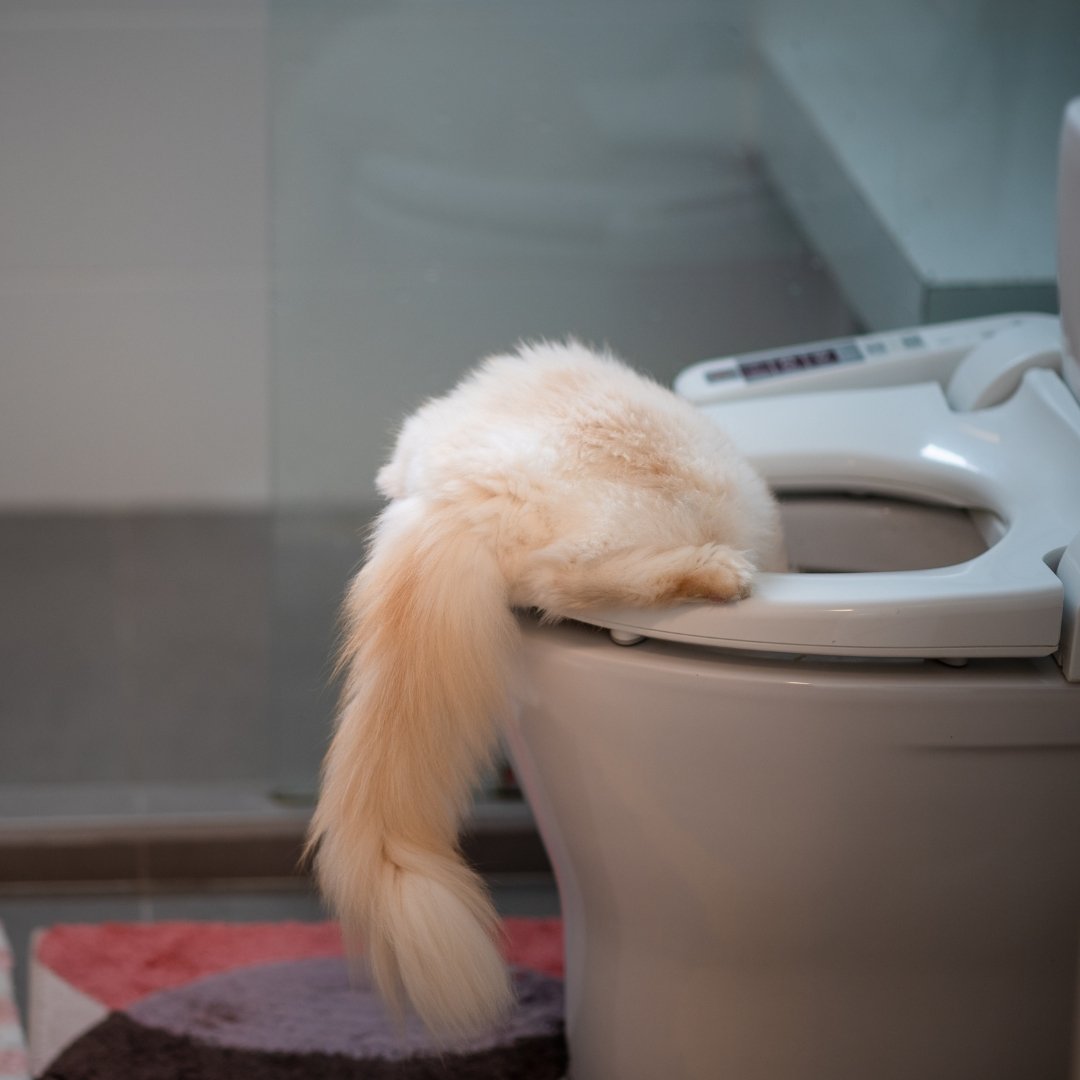Avoid Toilet Disasters: Don't Flush Cat Poop Down Your Toilet - Expert Guidance
Avoid Toilet Disasters: Don't Flush Cat Poop Down Your Toilet - Expert Guidance
Blog Article
They are making a number of great pointers on the subject of Don’t flush cat feces down the toilet overall in the article down the page.
Intro
As feline owners, it's essential to bear in mind how we dispose of our feline buddies' waste. While it may appear hassle-free to flush pet cat poop down the toilet, this method can have destructive effects for both the atmosphere and human wellness.
Alternatives to Flushing
Thankfully, there are more secure and much more accountable methods to throw away feline poop. Think about the following alternatives:
1. Scoop and Dispose in Trash
One of the most typical method of getting rid of cat poop is to scoop it right into a naturally degradable bag and throw it in the garbage. Be sure to make use of a devoted clutter scoop and dispose of the waste without delay.
2. Use Biodegradable Litter
Select biodegradable feline clutter made from materials such as corn or wheat. These trashes are eco-friendly and can be safely taken care of in the trash.
3. Bury in the Yard
If you have a lawn, take into consideration burying cat waste in an assigned location far from veggie yards and water sources. Be sure to dig deep sufficient to stop contamination of groundwater.
4. Mount a Pet Waste Disposal System
Buy a pet waste disposal system especially developed for cat waste. These systems use enzymes to break down the waste, reducing odor and ecological influence.
Wellness Risks
In addition to environmental concerns, flushing pet cat waste can likewise position health dangers to humans. Pet cat feces might include Toxoplasma gondii, a parasite that can create toxoplasmosis-- a possibly severe disease, particularly for pregnant females and individuals with damaged immune systems.
Environmental Impact
Flushing pet cat poop presents dangerous virus and bloodsuckers right into the water, presenting a substantial risk to marine communities. These impurities can adversely impact aquatic life and compromise water high quality.
Final thought
Liable pet possession expands past providing food and shelter-- it also involves correct waste monitoring. By avoiding purging pet cat poop down the commode and going with alternative disposal methods, we can minimize our environmental impact and shield human wellness.
Why Can’t I Flush Cat Poop?
It Spreads a Parasite
Cats are frequently infected with a parasite called toxoplasma gondii. The parasite causes an infection called toxoplasmosis. It is usually harmless to cats. The parasite only uses cat poop as a host for its eggs. Otherwise, the cat’s immune system usually keeps the infection at low enough levels to maintain its own health. But it does not stop the develop of eggs. These eggs are tiny and surprisingly tough. They may survive for a year before they begin to grow. But that’s the problem.
Our wastewater system is not designed to deal with toxoplasmosis eggs. Instead, most eggs will flush from your toilet into sewers and wastewater management plants. After the sewage is treated for many other harmful things in it, it is typically released into local rivers, lakes, or oceans. Here, the toxoplasmosis eggs can find new hosts, including starfish, crabs, otters, and many other wildlife. For many, this is a significant risk to their health. Toxoplasmosis can also end up infecting water sources that are important for agriculture, which means our deer, pigs, and sheep can get infected too.
Is There Risk to Humans?
There can be a risk to human life from flushing cat poop down the toilet. If you do so, the parasites from your cat’s poop can end up in shellfish, game animals, or livestock. If this meat is then served raw or undercooked, the people who eat it can get sick.
In fact, according to the CDC, 40 million people in the United States are infected with toxoplasma gondii. They get it from exposure to infected seafood, or from some kind of cat poop contamination, like drinking from a stream that is contaminated or touching anything that has come into contact with cat poop. That includes just cleaning a cat litter box.
Most people who get infected with these parasites will not develop any symptoms. However, for pregnant women or for those with compromised immune systems, the parasite can cause severe health problems.
How to Handle Cat Poop
The best way to handle cat poop is actually to clean the box more often. The eggs that the parasite sheds will not become active until one to five days after the cat poops. That means that if you clean daily, you’re much less likely to come into direct contact with infectious eggs.
That said, always dispose of cat poop in the garbage and not down the toilet. Wash your hands before and after you clean the litter box, and bring the bag of poop right outside to your garbage bins.
https://trenchlesssolutionsusa.com/why-cant-i-flush-cat-poop/

As a serious person who reads on How to Dispose of Cat Poop and Litter Without Plastic Bags, I imagined sharing that section was essential. Be sure to take the opportunity to promote this content if you liked it. I am grateful for your time. Visit us again soon.
Visit Site Report this page